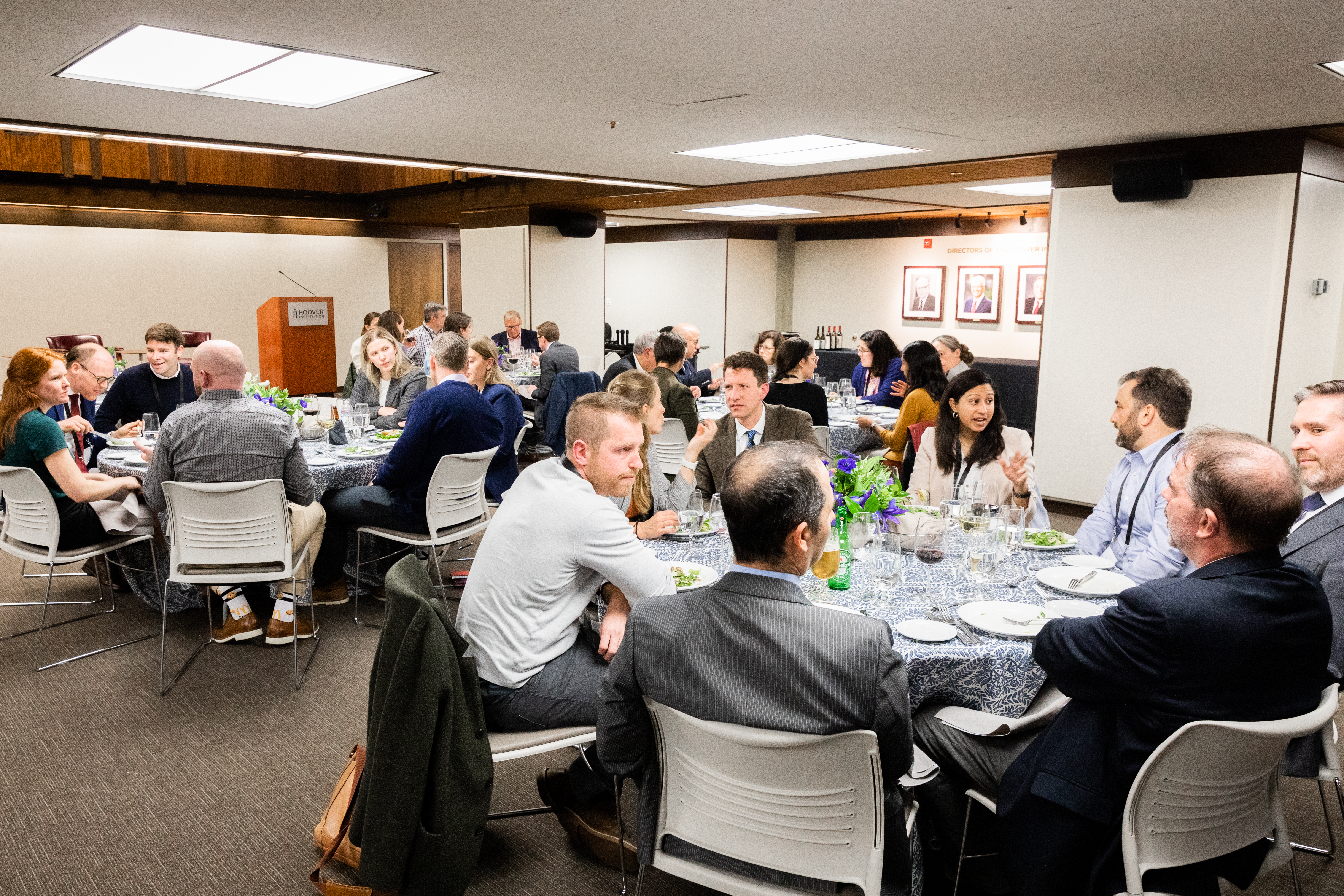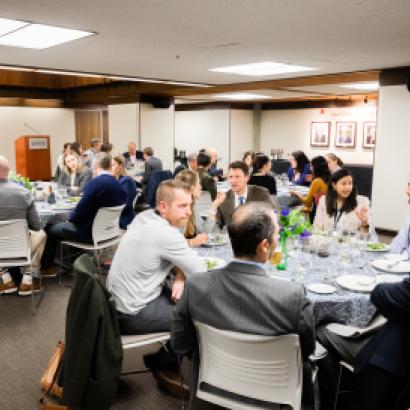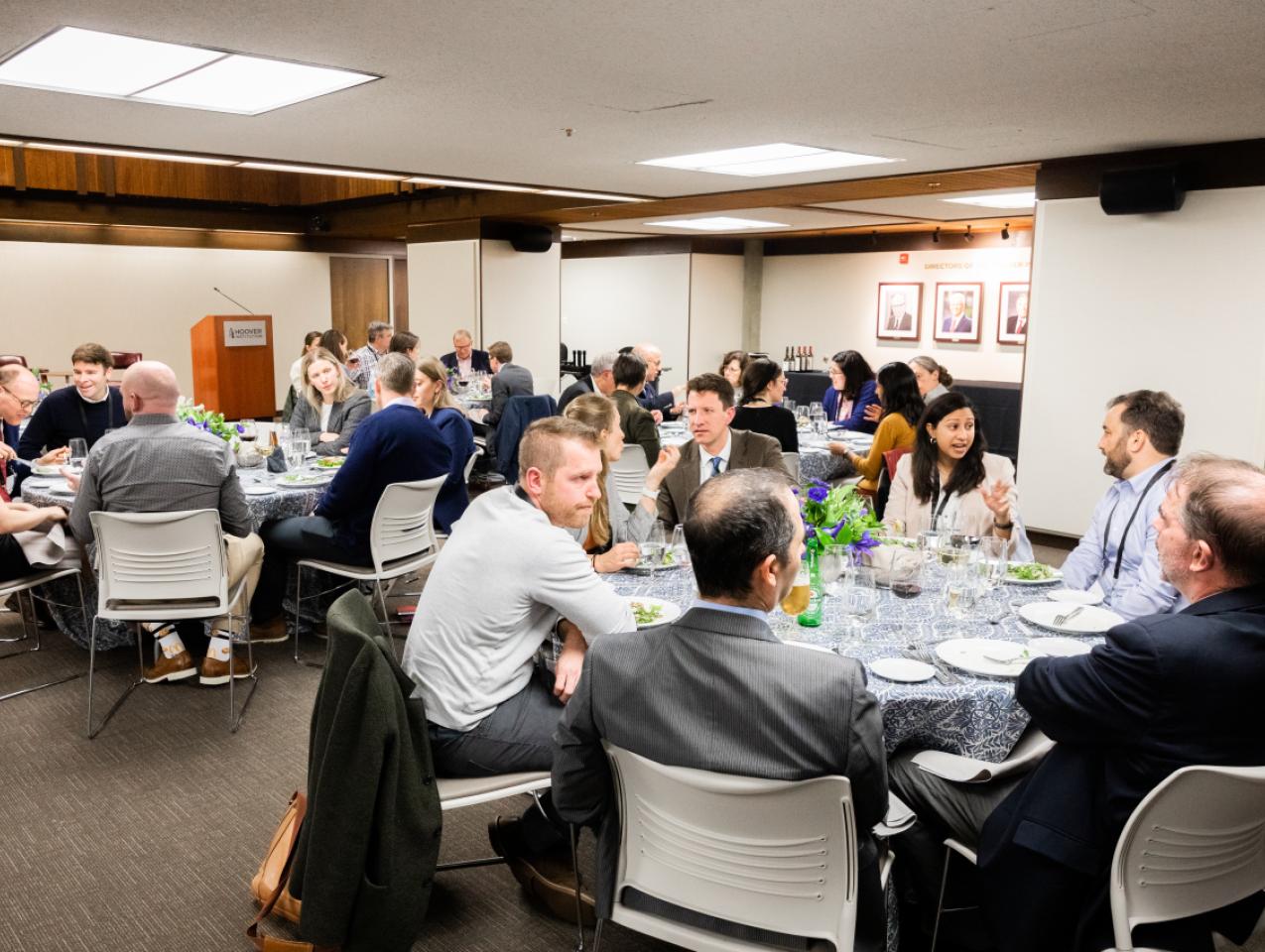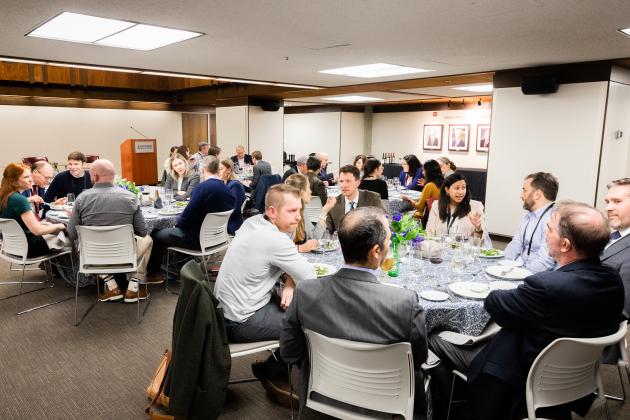It can be a difficult, lengthy exercise for state and local policy leaders to evaluate whether programs they have implemented are achieving desired outcomes.
Further, it can be a daunting task to gather any useful, timely information about such programs at all.
That’s why a dedicated cadre of researchers at universities across the United States dives into the nuts and bolts of all sorts of state and local government initiatives, seeking to give policymakers better data and more of it.
But how do the researchers get the data they need in the first place? By partnering with government.
With the aim of fostering more productive partnerships between academia and policymakers, the Hoover Institution’s State and Local Governance Initiative convened leading policy officials and scholars to share information and research on January 22—23, 2024.
In remarks at the conference, Hoover Institution director Condoleezza Rice stressed the importance of such research collaborations, conveying to attendees that such efforts empower state and local officials to better address the challenges and needs in their communities.
The conference included various presentations, including perspectives on the State of Alabama’s business incentive expenditures, a New York City program aimed at helping students suffering from asthma reduce school absences, and a California county’s efforts to better represent defendants held in pre-trial custody.
During the conference, attendees were given opportunities to ask questions about the presenters’ findings, offer more data from related research, or suggest ideas for future collaboration.
In one presentation, Hoover research fellow Natalie Millar provided an extensive overview of business incentives given to firms in Alabama between 2012 and 2022.
In those ten years, she and two Hoover colleagues—senior fellow Joshua Rauh and research fellow Rebecca Lester—found that awarding a business some form of incentive resulted in that business creating an average of twenty-three new jobs. However, she explained that, in some cases, job creation took up to three years to materialize.
In their research, Millar, Rauh, and Lester also found that it cost Alabama between $76,000 and $206,000 worth of incentives (tax rebates, in-kind transfers, etc.) for each job created. In the decade from 2012 to 2022, according to the study, Alabama spent about 40 percent of its corporate tax revenue on subsidies and incentives.
In a study focused on criminal justice, researchers from the University of California‒Berkeley Policy Lab evaluated a small program in Santa Clara County, California, that reduced the time defendants in pre-trial custody had to wait before seeing a public defender for the first time.
According to the study, a wide body of research shows that pre-trial detainment makes defendants more likely to accept a plea deal, regardless of their actual guilt. It also makes defendants more likely to be jailed post-conviction, with long-term impacts on an individual’s future earnings, ability to remain housed, and other social indicators.
The researchers found that the program, known as Pre-Arraignment Representation and Review (PARR), increased the likelihood a defendant would be released to await trial by 28 percent and reduced the amount of time spent in pre-trial custody by each participating defendant by an average of 79 percent.
The study also found that PARR defendants were 36 percent more likely to have their cases dismissed by the district attorney.
In another presentation, researchers from Cornell University found that an effort as simple as coordinating care and medication access for students in New York City schools who suffer from asthma reduced absences across the school system by as much as 8 per cent.
In large urban areas like New York City, some neighborhoods have a rate of asthma among children of up to 25 percent, largely due to high rates of air pollution in densely populated areas. Asthma has long been cited as a cause of student absences, and prolonged absences correlate very strongly with poorer academic performance.
For more information on this work and the wider efforts of the State and Local Governance Initiative, click here.























